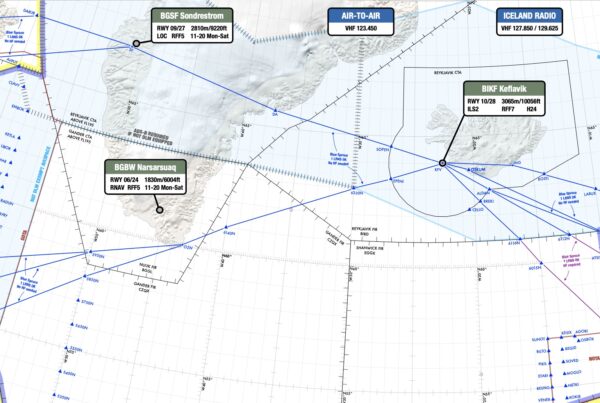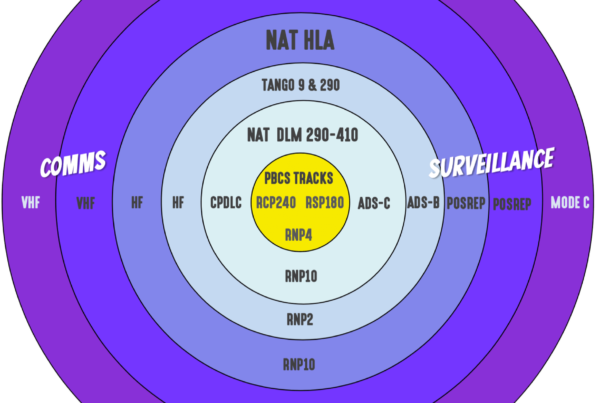There have been several recent reports of loss of GNSS signal in the terminal area at MMMX/Mexico City Airport. This can lead to navigational errors, and a raft of related system failures all of which have potential to ruin your day.
GNSS interference is hardly new. The issue with MMMX is that the vast majority of procedures became RNAV based back in 2021. Add to that high altitude operations with a healthy dose of terrain and you begin to get the picture.
IFALPA have just published a new safety bulletin for MMMX/Mexico City Airport, which you can read here. But strangely, at the time of writing there has been radio silence on the issue from both Navigation Services for Mexican Airspace (SENEAM), and the Mexican Federal Civil Aviation Agency (AFAC).
Let’s dig a little deeper.
The Specifics
The first problem relates to the terminal area itself. All SIDs and STARs are RNAV 1. This means that to ensure terrain protection your aircraft must not exceed a track error of 1nm.
One look at the Jepps and you can see why. 25nm MSA towers as high as 19,400′ to the east of the field, and 14,800′ to the west. Mount PopocatEpetl – an 18,000’ volcano is just 35nm away from the field. It’s easy to see why GNSS interference could become a major safety issue.

Mexico City Airport is surrounded by high terrain.
The second problem relates to the approaches. Only one of the two runways has ILS approaches available (05R/23L). The other runway relies entirely on RNP approaches – where the eye of the needle narrows to just 0.3nm in the final approach segment.
What could go wrong?
Aside from the obvious, a loss of GNSS can affect other safety critical systems too. IATA has also written about this, and it turns out losing the signal can open up a whole can of worms.
At the simpler end of the scale, a crew may receive a message that their navigational ability has been downgraded. And at worse, they may lose GNSS navigation completely including functions as simple as direct-to.
Depending on your aircraft type, you may find your aircraft reverting entirely to ground based and inertial navigation. Your nav display may tell you lies too, including nasty things like map shift.
EGPWS can also be affected – the system that has your back around terrain when you can’t simply look out the window. Its predictive functions can be disabled, or spurious warnings triggered. Additionally the position reporting function of ADS-B can become corrupt, which is bound to upset ATC.
If your aircraft has them, runway alerting systems can also stop working properly. Things like runway overrun protection may simply now be redundant.
There’s more to it than meets the eye.
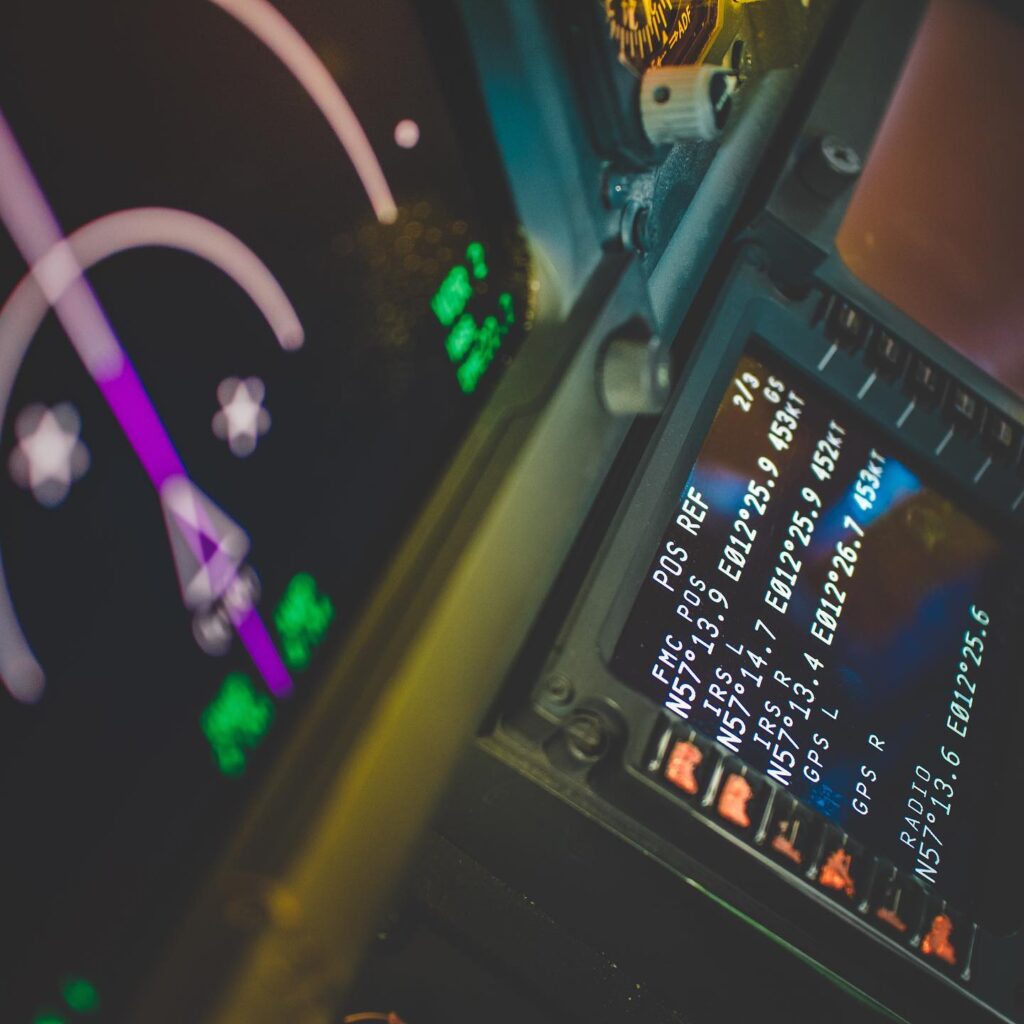
Be alert for signs that your GNSS signal has been lost.
So, I’ve lost signal at Mexico City. What should I do?
Put extra attention towards monitoring the performance of GNSS during operations at MMMX, because it really matters. A sterile cockpit is also important here as distractions can help mask some of the more insidious symptoms of an interrupted signal.
If GNSS signal is lost, be prepared to fly alternative procedures.
What are those you say?
There are no SIDs or STARs which use ground-based aids anymore at MMMX.
There are two options, radar vectors or the MEX VOR. The former is likely the easiest. Otherwise, it is back to raw data – the likely outcome being a descent in a hold or a procedure turn. Either way, you’ll need to let ATC know.
Without GNSS, you are effectively down to one runway (unless of course you are flying the visual). 23R/05L has no ground-based approach option – it is all RNP.
That leaves 23L/05R where the news is better. There is an ILS at each end, and even a VOR approach on 23L in a real pinch.
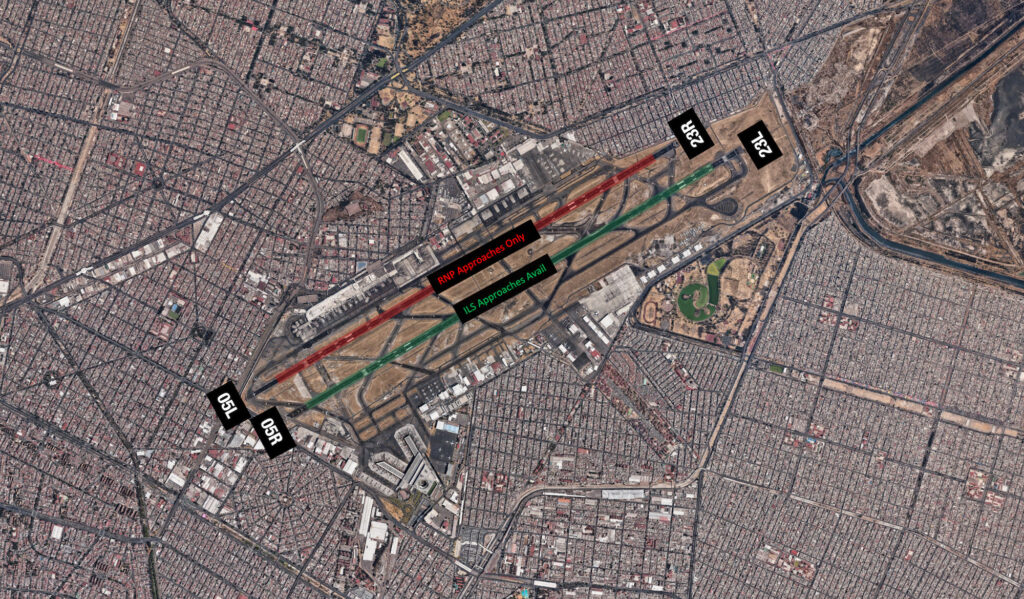
If you need an instrument approach, and you don’t have GNSS, you are runway limited.
Whichever option you choose, if you are in cloud you need to be sure of your terrain clearance reference something that’s not RNAV specific – whether it be the controller, or the MSA sectors on your chart.
Do you have info to share?
If you’ve been to Mexico City (or anywhere else, for that matter) and can share some info on how the trip went, please file an Airport Spy report!
OPSGROUP members can see all the Airport Spy reports filed for airports around the world on the members Dashboard here.
More on the topic:
- More: Mexico Permit and APIS Issues – The Latest
- More: Mexico Permit Chaos: New Rules Explained
- More: Ops to Mexico? Prepare to get ramp checked!
- More: Mexico General Aviation Challenges: Old and New
- More: Mexico City says no to cargo
More reading:
- Latest: LOA Guide for US Operators
- Latest: NAT Ops: Flying the Blue Spruce Routes
- Latest: NAT Guide 2025 – My First NAT Flight is Tomorrow
- Safe Airspace: Risk Database
- Weekly Ops Bulletin: Subscribe
- Membership plans: Why join OPSGROUP?



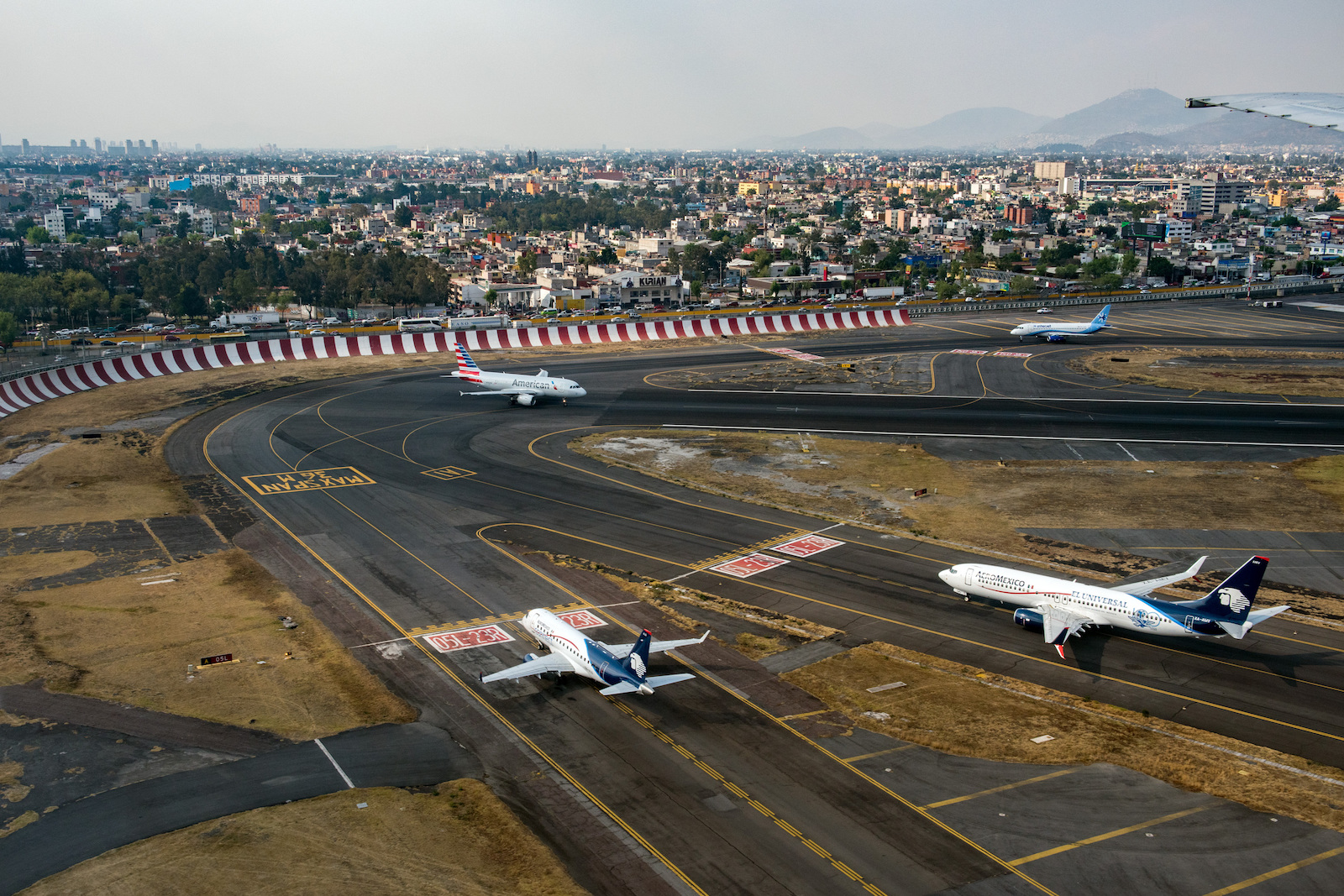
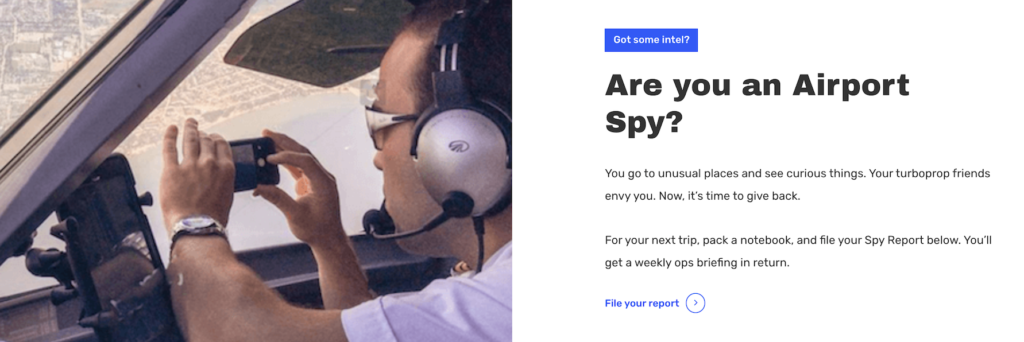







 Get the famous weekly
Get the famous weekly 




